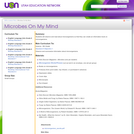
In this lesson students will observe and read about microorganisms so that they can create an information book on microorganisms.
- Subject:
- Arts and Humanities
- Material Type:
- Lesson Plan
- Provider:
- Utah Education Network
- Date Added:
- 08/12/2013

In this lesson students will observe and read about microorganisms so that they can create an information book on microorganisms.
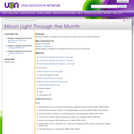
In this lesson students will work in small groups to arrange moon phase cards into the correct sequence. Students will learn to explain patterns of changes in the appearance of the moon as it orbits Earth.
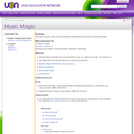
This lesson provides music and drama activities to help students improve their comprehension skills.
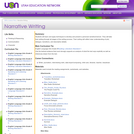
Students will learn and apply techniques to develop and present a personal narrative/memoir. They will take their writing through all stages of the writing process. Their writing will reflect clear understanding of plot, dialogue, transitions, and descriptive details.
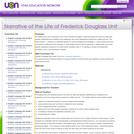
Throughout this unit on Narrative of the Life of Frederick Douglass, students practice the same six skills with greater scaffolding and modeling at the beginning, and more independence toward the middle and end. The tasks include: 1. writing to an essential question to access background knowledge; 2. using context clues and root words to determine word meaning; 3. close reading with the aid of a glossary; 4. taking notes one of two graphic organizers (sequence of events and/or empathy map); 5. re-reading to answer text dependent questions; and 6. summarizing the chapter.

This text has evolved from 20 semesters teaching the undergraduate courses Geography, People, and the Environment and Environment and Society. It is designed for freshmen through junior-level courses at community, junior and four-year colleges and universities in the United States. Focused upon the dilemma of environmental sustainability, geography and the emergent field of ecological economics are emphasized in a trans-disciplinary framework. It provides—in a one semester or one quarter undergraduate course that requires no prerequisites—a fundamental background in the essentials students need to deal with natural resource and environmental issues as an informed citizen while building a foundation for further study.
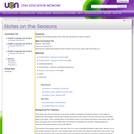
In this lesson students will complete guided notes while learning about the earth's seasons. Students will learn to describe the relationship between the tilt of Earth's axis and its yearly orbit around the sun.
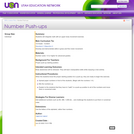
In this lesson students integrate math with an upper body movement exercise.
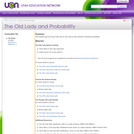
This activity uses the song There was an Old Lady to help students understand probability.
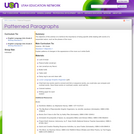
The objective of this activity is to reinforce the importance of being specific while dealing with events of a sequential nature, such as the phases of the moon.
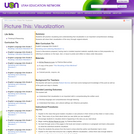
In this lesson students will practice visualizing and understanding that visualization is an important comprehension strategy. Students will share their visualization of the story through original artwork.
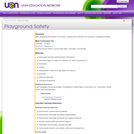
After completing the activities in this lesson, students will understand the importance of playground safety.
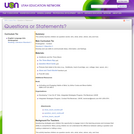
This activity teaches children six question words: who, what, when, where, why and how.
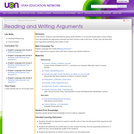
In this lesson, students read informational pieces about whether or not schools should teach cursive writing. They will evaluate the arguments presented and then choose a side of the issue. Finally, they will write their own arguments expressing their points of view.
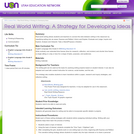
Real-world writing allows students and teachers to connect the dots between writing in the classroom by classifying writing into six areas: Express and Reflect; Inform and Explain; Evaluate and Judge; Inquire and Explore; Analyze and Interpret; Take a Stand/Propose a Solution.
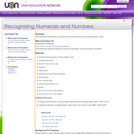
This activity will help students to connect the numeral (symbol) to the number (quantity in a set).
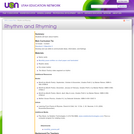
In this lesson students will learn about rhythm.
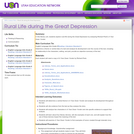
In this literary unit, students explore rural life during the Great Depression by analyzing Richard Peck's A Year Down Yonder.
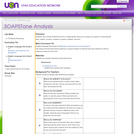
In this lesson students use a simple SOAPSTone form (College Board resource) to analyze six aspects of informational texts: subject, occasion, audience, purpose, speaker, and tone.

In this lesson students take a virtual safari around their classroom to learn about safety.